Starting seeds inside is a great way to save some money, but it does take some planning and patience.
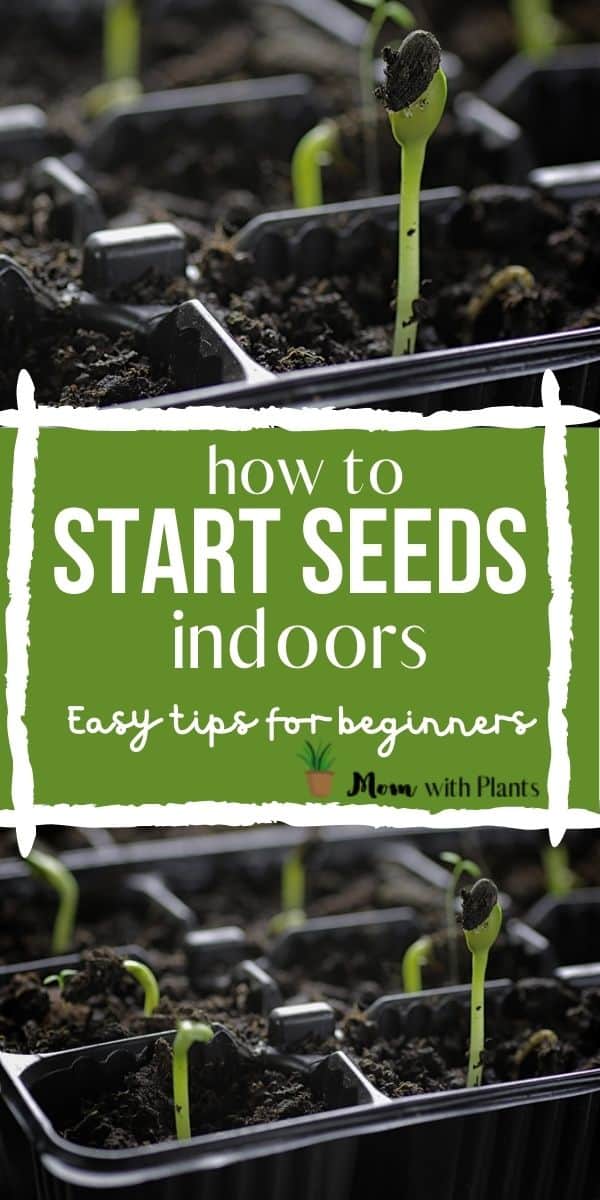
Jump to:
How to start seeds inside
- Soak the seeds in water overnight
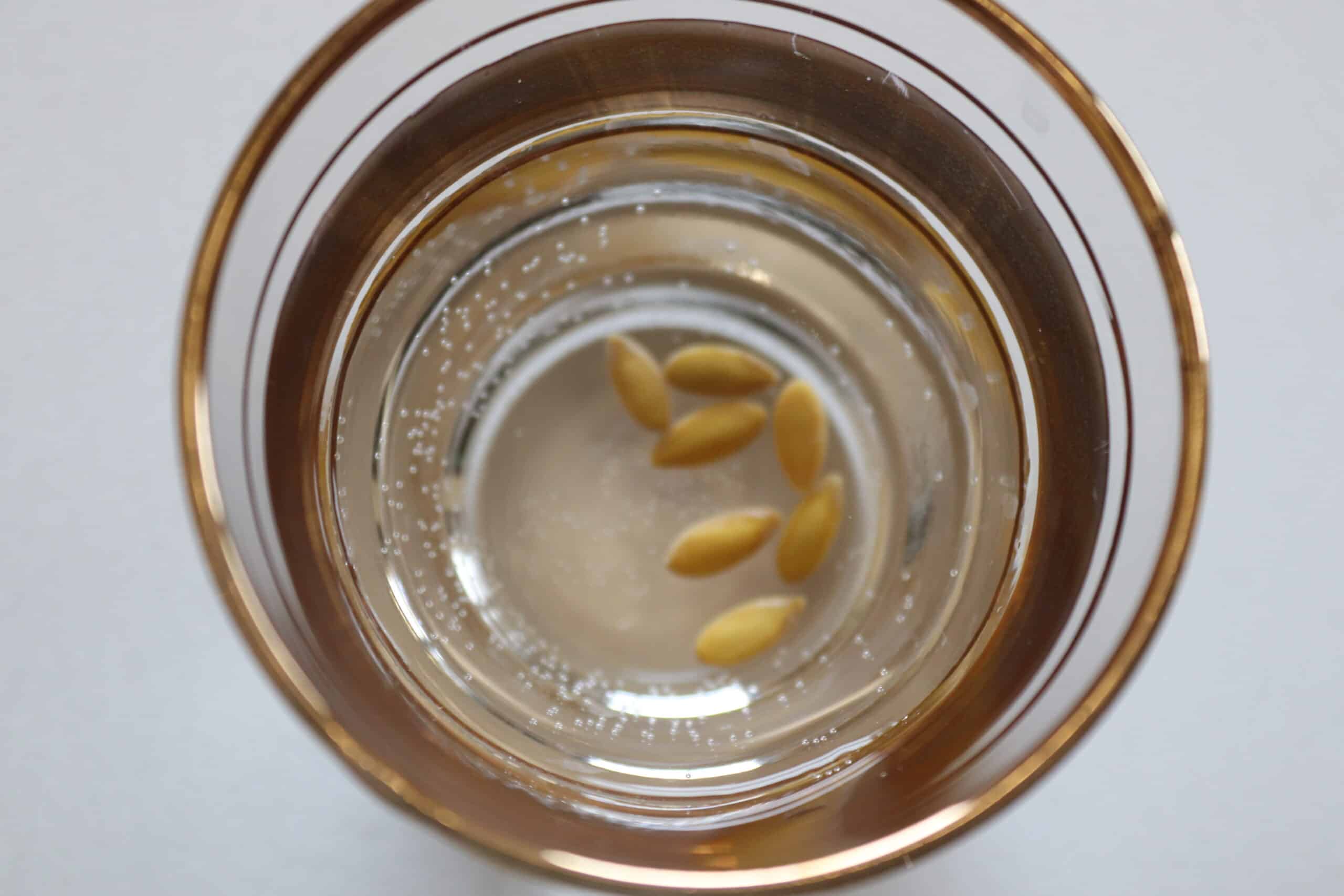
For most seeds, soaking them overnight in water will help you have a better yield of germination (or seeds that sprout).
2. Place seeds in moist bowl and into ziplock bag
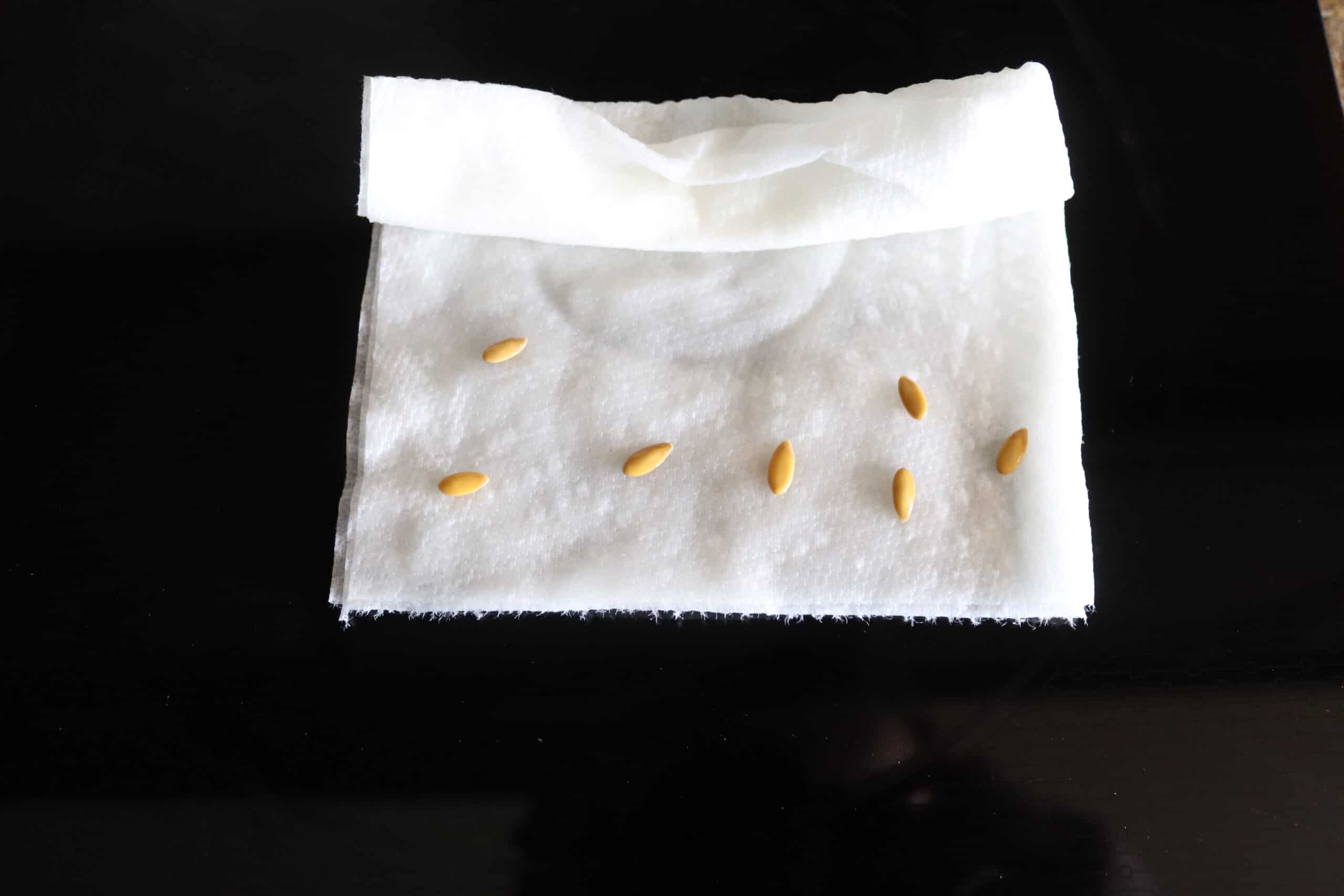
After your seeds have soaked overnight, place them on a wet paper towel and into a zip log bag. Let this sit for 1 to 2 days until your seeds have started sprouting.
Make sure your paper towel stays wet.
3. Carefully plant sprouted seeds
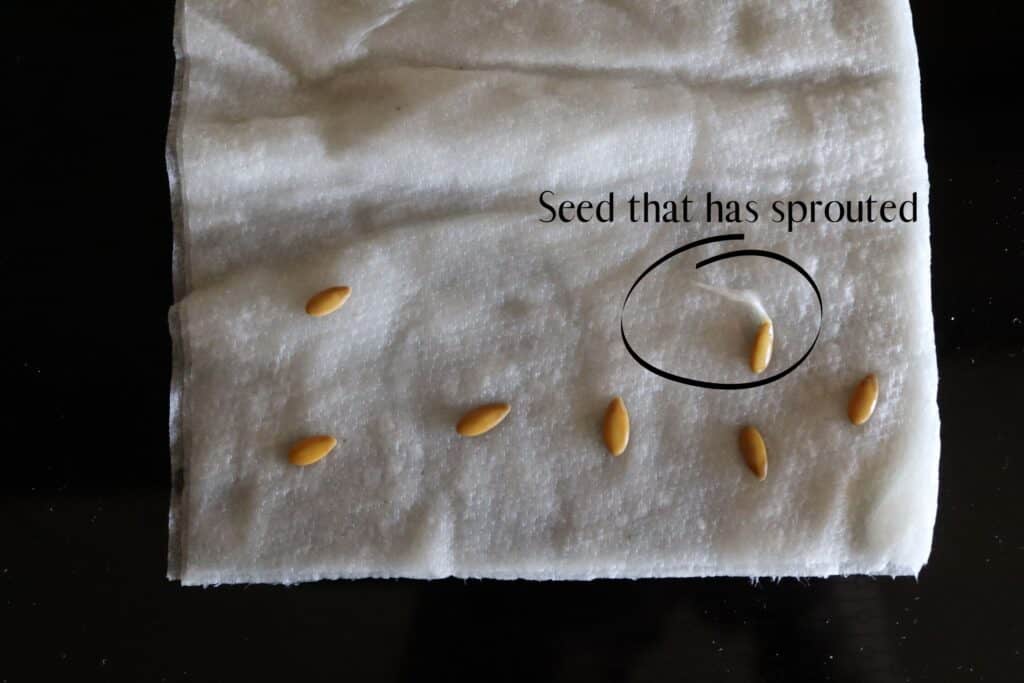
Transfer your sprouted seeds into a planter or seed starting tray. We especially like this self-watering seed starter tray from Amazon, but any planter will work.
You can start your seeds in a planter, but doing the first 2 steps will help you see which seeds are probably going to grow and helps you eliminate the seeds that are duds.
4. Water Daily until well established
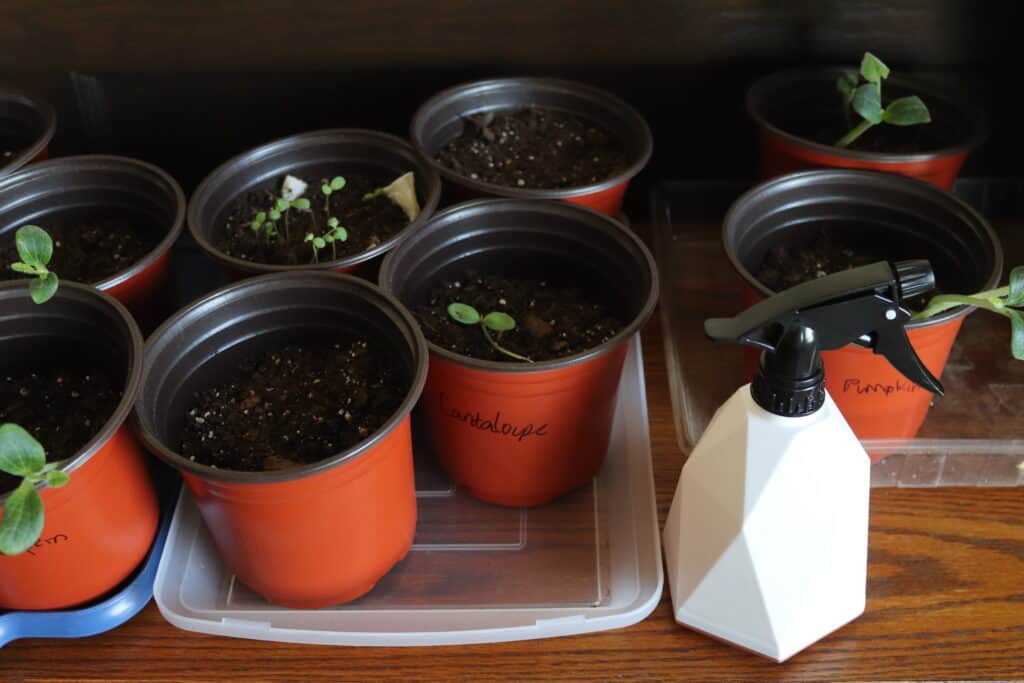
While the seedlings are still under the soil, simply mist or spray some water on the soil. Once daily is usually all you need to do.
Once the seedling has popped out of the soil, water every couple of days. This helps promote root growth because the soil won't be moist all the time so the plant's roots will have to grow down to get moisture.
5. Gradually introduce them to the outside
Seedlings that have been growing inside have the optimal climate. Placing them outside right away can seriously shock the plant and kill it.
Once your plants have a good amount of growth, take them outside for a few hours a day. Every day, keep them out a little bit longer until they are fully acclimated to your climate.
If it's an especially windy day, bring small delicate plants back inside or they could get damaged and die.
Germinating seeds FAQ
Depending on the plant you are trying to grow, start your seeds the last week of frost or freezing temperatures in your area.
Most plants don't take long to germinate and grow, and the sooner you can acclimate your plants to the outside the sooner you get some more room back in your home!
The main reason is that you don't have to wait for warmer weather. Also, it gives your seedlings a chance to get bigger before you plant them outside.
What do you need to grow seeds indoors?
- Seed starter tray- this makes it easier to start plenty of seeds inside and as the plant grows bigger you can move it into a bigger planter.
- Spray bottle- keeping the soil moist is important for seeds which is why a misting spray bottle is important.
- seeds
- Potting soil- if you are using your own planters, you should use a potting soil dedicated to starting seeds.
Benefits to starting seeds inside
- Birds and other animals won't be able to eat the seeds before they have a chance to grow.
- You can grow them sooner inside as long as you have room.
- It gives plants a chance to get established before you plant them outside.
- It's cheaper than buying full size plants from your local nursery.

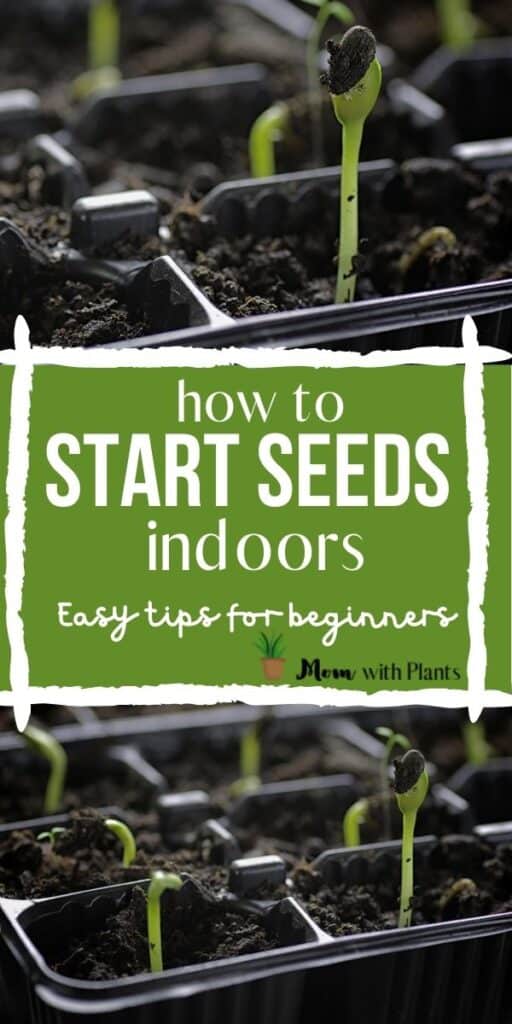

Join the discussion